To achieve sales success, one cannot overlook sales closing techniques.
Closing is a combination of strategy, psychology, and finesse.
By mastering closing techniques, you can significantly boost your conversation rate.
The Closing Psychology
The best sales are about more than just presenting facts; it’s about building a connection that fosters trust and confidence.
What constitutes closing psychology?
- Hitting the prospect’s pain points
Don’t send out emails where you pitch every single one of your products.
They may be great, but if your prospect is busy or receives dozens of emails every day, chances are they’re not even going to make it halfway.
Do your research and figure out exactly what their pain points are and how you can help them. That way, you can prove to them that they need you.
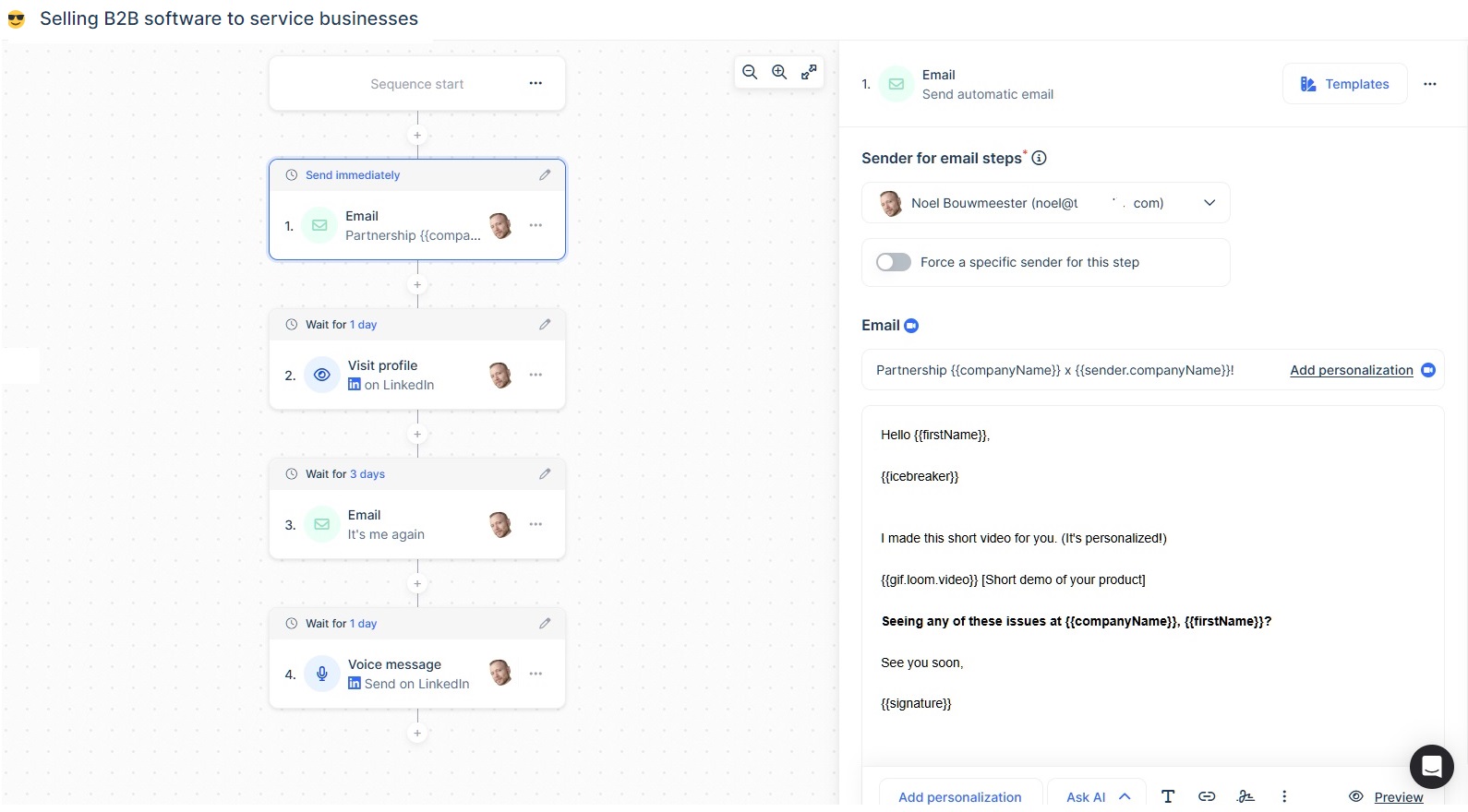
Take this template (which has an 81% open rate, BTW) as an example.
It’s short, highly personalized, and is targeting pain points.
- Takeaway close
With this close, you’re basically adding urgency to your offer.
Make sure your prospect knows that the offer on the table is limited and if they don’t act now, it’ll be gone soon.
Example: Don’t hesitate in getting back to me, {{FirstName}}. Our exclusive discount will only be available for 48 hours.
- Add social proof
You don’t want your prospect to think you’re just another spam message offering things that aren’t real.
Don’t be afraid of adding a link to your work. Whether it’s a podcast, a YouTube video, an article, a LinkedIn post, or feedback from other clients.
Example: If you want to see how we can help you exactly, check out my most recent podcast on {{Topic}}.
This will prove you’re a real person and the best one at that to solve their issues.
- Clear call-to-action
When closing your cold email, you want to keep it very simple.
The reader shouldn’t have to do excessive thinking or wondering, so your CTA needs to be clear.
You’ve presented your pitch; now you obviously want a meeting.
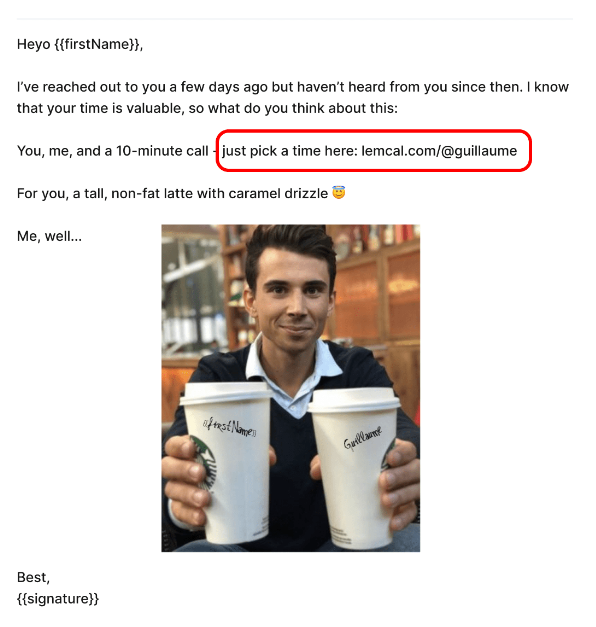
This follow-up example includes a direct link to book a meeting with you.
Your prospect finishes reading, and if they are interested, they’ll have a very clear next step.
Simple, direct, and 0 fuss.
Properly using closing techniques allows you to effectively align your solution with the prospect’s desires and needs.
By studying their behavior and decision-making process, you can tailor your approach to maximize impact.
With your lemlist subscription, you can access plenty of multichannel campaigns directly from your dashboard. Plus, it’s super simple:
- Select “Templates” in your dashboard
- Filter your desired templates by campaign type, intent, language, etc
- Click on “Use template”
- Edit the template to fit your specific leads, messages, and needs
- Add your leads
- Send!
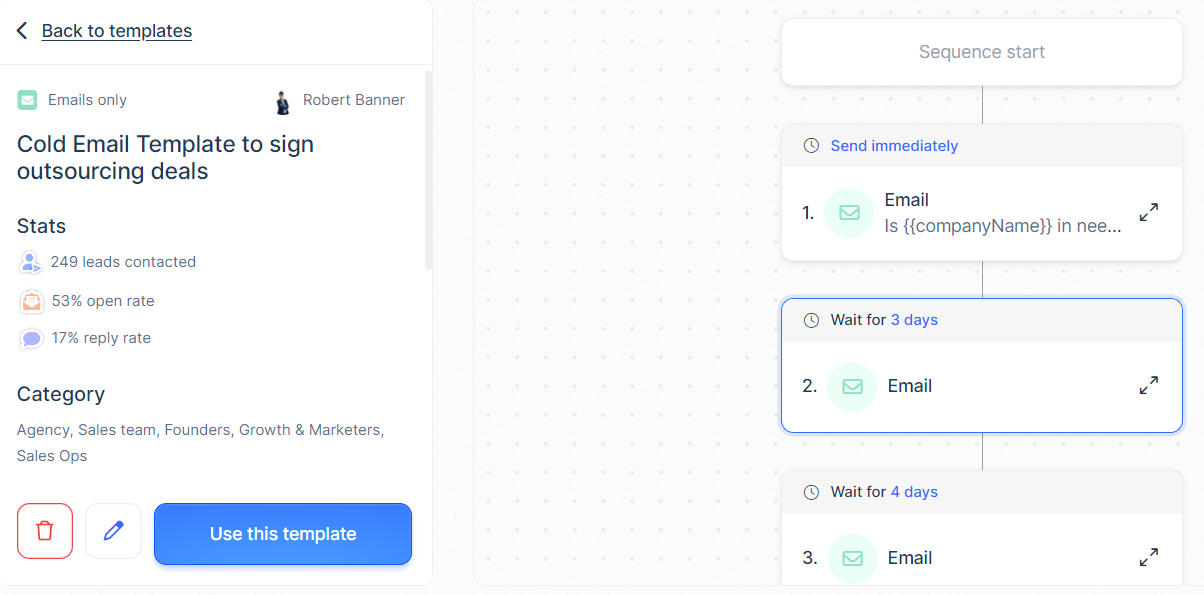
Lay the Pre-Sale Foundation for Closing Success
Before closing your sale, you must lay a solid pre-sale foundation.
This means understanding your customers’ needs and pain points to formulate a strategy that resonates with them.
Engaging with key decision-makers requires both empathy and expertise.
Make your Offer Irresistible
When closing a sale, articulating the value of your product or service is paramount.
The use of storytelling and case studies can transform a mundane pitch into a relatable narrative that highlights the benefits of your offering.
- Develop a value proposition that clearly communicates the advantages of your product or service.
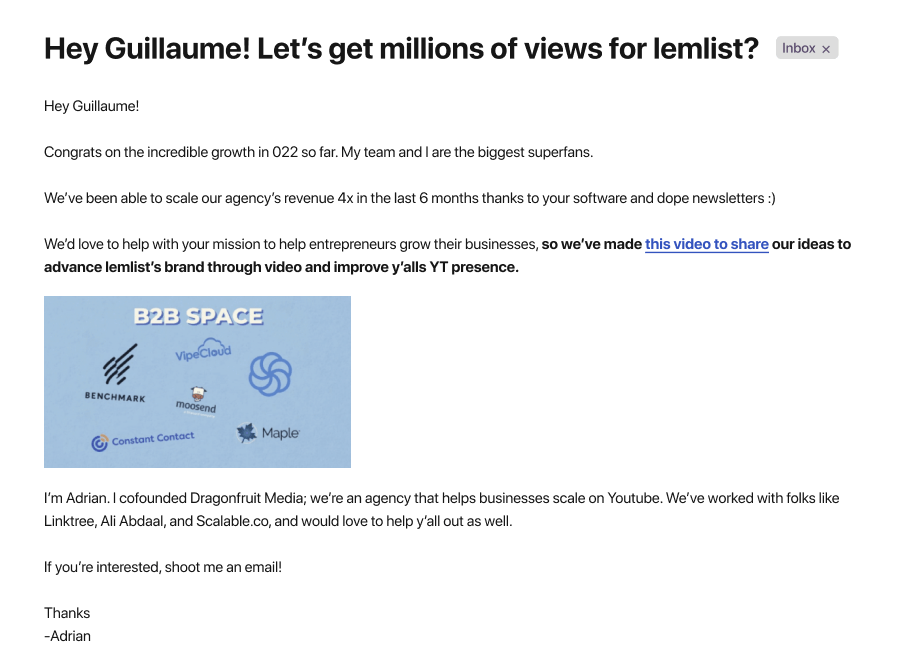
- Learn to use storytelling and case studies to create a compelling narrative that supports your sales message.
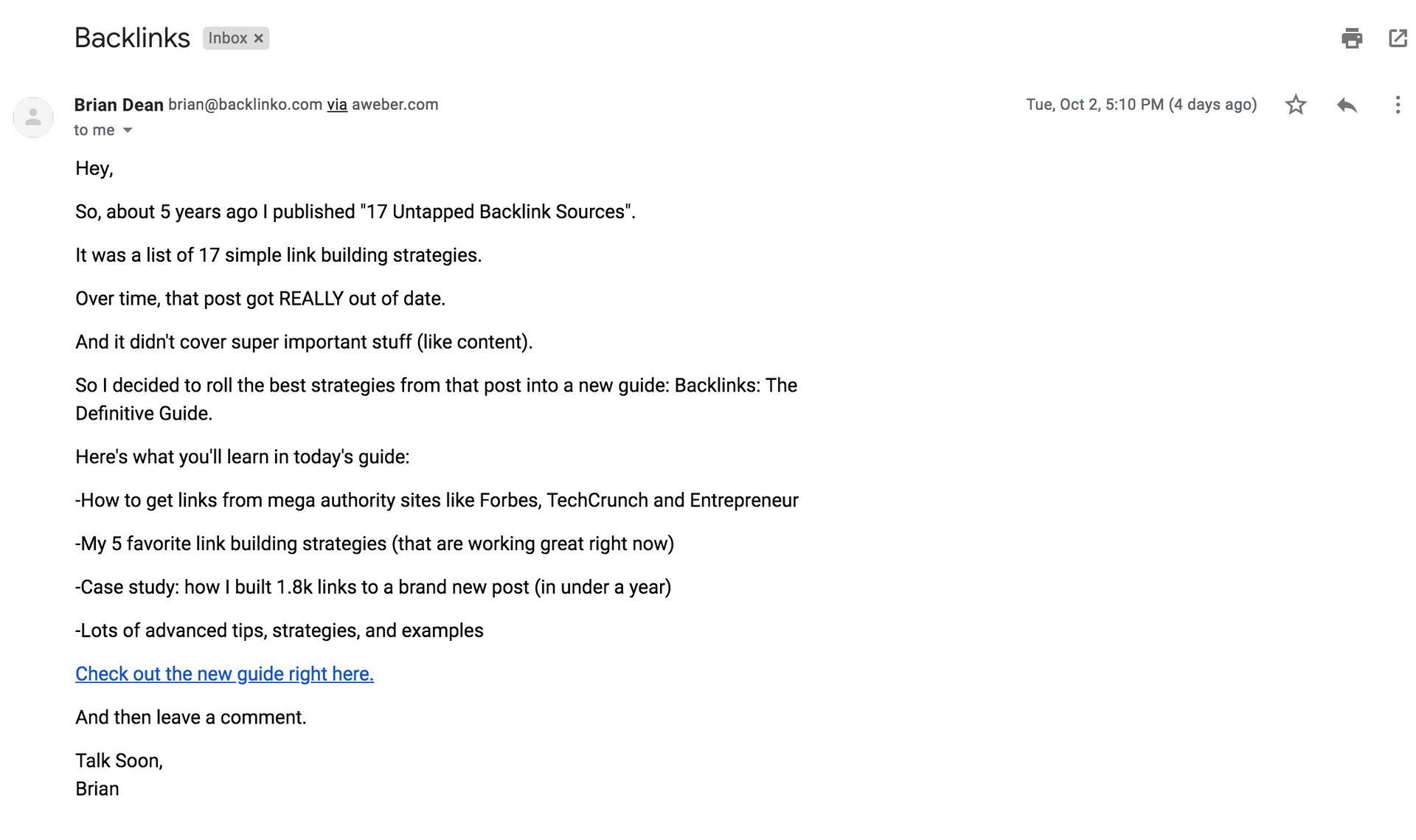
- Implement effective call-to-action strategies to encourage prospects to take the next step in the sales process.
Advanced Sales Closing Techniques
Always remember that one size does not fit all.
Advanced sales closing techniques require a tailored approach, taking into account each customer’s unique scenarios and personalities.
- Adapt your closing approach based on the customer’s specific needs and situation for a more personalized touch.
- Use technology such as virtual reality or interactive presentations to bring your product demonstrations to life.
Check out how to send personalized videos to drive your sales!
- Gain insights from case studies of top salespeople who have mastered the art of the hard close and other effective sales techniques.
Overcome Objections for a Successful Close
Objections are an inevitable part of the sales process.
However, the difference between good and great sales reps lies in their ability to anticipate and skillfully navigate these objections.

These techniques are not just about countering objections but about embracing them as opportunities to further demonstrate the value of your offer.
- Learn to anticipate common objections and prepare convincing responses to address them head-on.
- Discover how to flip objections on their head, using them to highlight the strengths of your product or service.
- Master negotiation tactics such as the sharp angle close, which can be particularly effective in complex sales scenarios.
Build Urgency: Ethical Ways to Close Deals Faster
When closing, creating a sense of urgency can compel prospects to act swiftly.
By understanding and leveraging the right triggers, you can encourage prospects to make timely decisions that align with their needs and your sales goals.
These techniques are designed to help sales professionals close deals more efficiently while maintaining the integrity of the sales process and the customer relationship.
- Uncover the psychological triggers that create a legitimate sense of urgency for the buyer.
- Learn how to craft and communicate offers that are both time-sensitive and value-packed to accelerate the decision-making process.
Example: Last call, Peter… closing soon
Don’t forget about our discussion in last week’s meeting. The clock is ticking.
- Understand the balance between creating urgency and maintaining a pressure-free sales environment.
Leverage Technology for Efficient Sales Closing
Sales automation tools and predictive analytics can revolutionize the way sales professionals close deals.
By integrating these technologies into the sales process, you can streamline operations, personalize approaches, and significantly improve your closing rates.
Learn how to start sending highly personalized (and automated) campaigns with this video! ⬇️
Automation tools simplify repetitive tasks, allowing sales reps to focus on building relationships and closing sales.
Meanwhile, predictive analytics provide insights that refine sales closing techniques, making them more effective.
Together, these tools create a formidable arsenal for any salesperson looking to excel in the modern marketplace.
- Discover how sales automation can reduce the time spent on administrative tasks and increase the time available for engaging with prospects.
- Learn how predictive analytics can help you anticipate the needs of your prospects and tailor your closing approach accordingly.
- See real-world examples of how integrating technology leads to smoother and more successful sales closings.
Ensure Excellent Customer Experience
After successfully closing a sale, the journey doesn’t end there.
Ensuring an excellent customer experience post-close is crucial for fostering loyalty and securing repeat business.
You need to be aware of the customer’s journey and maintain a consistent level of service.
The Ben Franklin Close, for example, involves listing the pros and cons with the customer to reassure them of their decision, while the Puppy Dog Close relies on the customer’s attachment to the product post-purchase.
These techniques help in retaining customers and set the stage for future upsells and cross-sells.
Conclusion
Integrating these strategies into your sales processes can dramatically increase your ability to close deals faster and more efficiently.
From understanding the psychology of closing to leveraging technology for efficiency, the process of sales is ongoing and dynamic.
The sales closing technique involves a mix of interpersonal skills, strategic thinking, and the timely use of proven methodologies. Whether it’s the sharp angle close to tackling complex objections or creating urgency with a time-limited offer, each technique has its place in the salesperson’s arsenal.
Incorporating these best sales closing techniques will help you close more deals but also build lasting relationships with your clients.
It’s about understanding your prospects’ needs and desires and guiding them to the realization that your product or service is the solution they’ve been seeking.
Apply these techniques, refine your approach, and watch your sales performance soar.
Remember, the close is not just an end but a beginning to future opportunities and sustained business growth.
Your source of actionable outreach tips and strategies that will help you get replies and grow your business.

